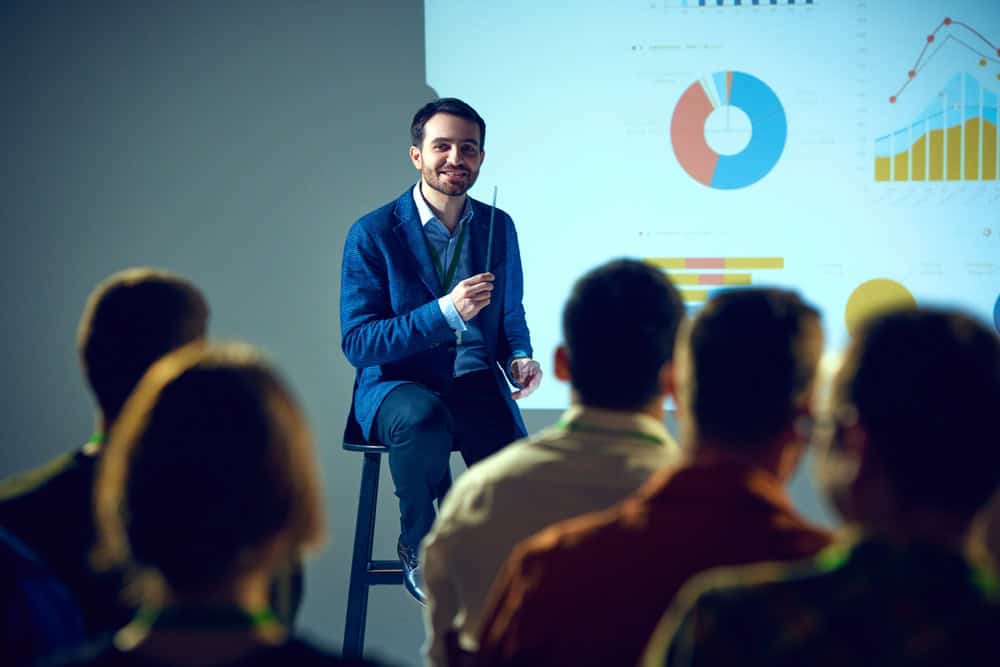A “Yes, and…” circle engages everyone on your team in an any-idea-goes conversation that avoids criticizing or critiquing ideas. Everyone says “Yes, and…” to layer and build upon every idea to make a better and better thought.
Different types of “Yes, and…” circles include:
1. Idea generation. Teams identify 30 to 40 ideas in 10 to 12 minutes.
2. Ideas into action. Teams layer on an idea, to make the most effective action plan.
3. Exploring different perspectives. Everyone shares their perspective, layering on others’ perspectives. Soon everyone understands the challenges deeply enough to find the right solution.
Faster meetings are just one benefit. With each contribution, more people on the team feel ownership for the idea. The idea blossoms into an action that will quickly and most-easily produce the result. The best part is that everyone creates the idea and action plan so everyone is deeply committed to their idea’s successful implementation.
Teams using best practices include taking the ball outside for more stimulating thoughts. If there isn’t an easy outdoor space or it’s raining – ask everyone to stand up around the table, since this helps everyone stay engaged. Toss the office ‘stress ball’ to each participant to randomly share their ideas or so they can build on others’ ideas.
If the conversation starts to slow or even stall – ask a question. The human brain loves to answer questions. Think about how focused you become when you want to remember a movie title and you can’t. Often we can’t do anything until we think of the title. Those moments show us how important answering questions is to our brain.
If questions are so important to the brain – then let’s ask high quality questions. Use “What” and “How” questions to get meeting participants to engage in finding ideas, innovations and ways to implement. Pair what/how with could and you lots of amazing question combinations. How could we raise more funds? What could we do to get our message into schools? What would it take to raise another $20,000?
Avoid “can” and “do” questions since they often lead to pointless debate of participants’ opinions. Can we do something to raise more revenue this month? Do you think we could…? The response declines into a debate about whether or not we can. Instead focus on the result and ask, “What can we do that could raise revenue this month?” The difference of a few words can change the result of the conversation.
Avoid “why” questions. Only 17% of people can answer a why question. Most people just freeze or feel judged. Why did you do that? Why hasn’t the event raised more money? Sure the person asking wants to understand yet any “why” question can be asked with “what” or “how” and we don’t feel like we did something wrong.
‘Yes, and…” circles create staff and volunteer engagement by embracing ideas, thoughts, problems and resolutions for a group discussion – having all parties feel ‘listened to’, and at the same time building that single comment into a potential game changing phenomenon.
If you liked this one, check out the next one we have in the queue for you!







